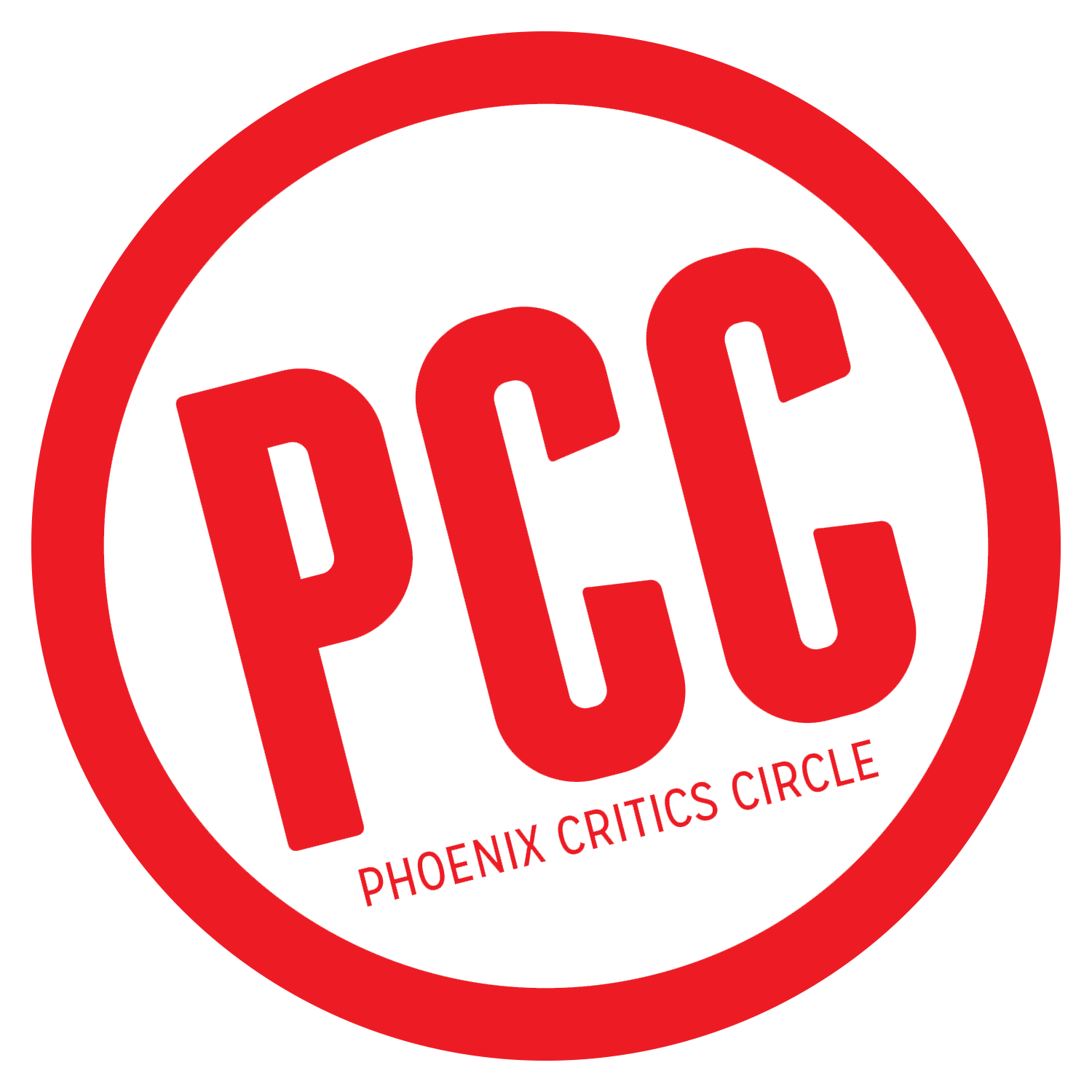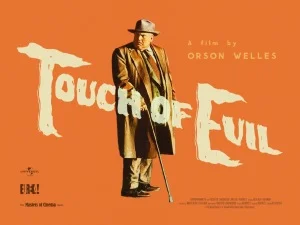by Kevin Kittle
After a recent screening a number of critics, myself included, stood around discussing the film we had just seen. While none of us had anything negative to say about the movie, our wide range of emotional reactions was surprising. It was able to strike a chord within some of us, inducing misty eyes and a bout of the sniffles, but others noted an emotional distance from the characters. Our discussion started down a path of technical analysis on the director’s choices but this was unable to explain our personal reactions. Two critics could agree on the technical aspects of the exact same scene but would then disagree on how that scene affected them. The knee jerk answer to this phenomenon is chalking it up to different tastes and opinions. This is true to a point, but general preferences rarely evoke spontaneous emotional responses. It has to be something more visceral.
PLAY IT AGAIN
This is a reoccurring subject in my mind, something I had first contemplated upon watching “Casablanca” a second time. My original viewing was in my early teens. I loved movies but had very limited exposure at the time and had not yet begun to appreciate all the nuances that made various films special. I was a fan of Hitchcock’s popular library as well as various black & white Jimmy Stewart and John Wayne flicks so hearing Humphrey Bogart’s name often, I figured I’d expand my cinematic knowledge by watching that movie where he says “Play it again Sam.”
It was… kind of boring and underwhelming. The story, from what I could grasp, was very simplistic, there wasn’t enough action or intrigue, and he didn’t even get the girl! I couldn’t understand the appeal.
Flash forward a decade or so, and I decided to give it another chance. I had a better understanding of noir, had lived a little more, and both loved and lost. The difference was profound. My pupils dilated, my heart pounded, and then ached. It was if I had watched an entirely different movie. After I was done pondering the film, I began pondering the experience. The reason why the experience was different was easy. I had grown as an adult and understood not just the historic background of the story, but was also better able to identify with the character’s motivations. What was, and continues to be, fascinating is how much of a change these life experiences had on my perception.
EXPERIENCE = PERCEPTION
How we perceive a film is a reflection of our personal life, values, and experiences. As a viewer, our appreciation is increased when we can identify with someone or something on the screen. This can be a specific character, an emotion, or a common goal. We become invested when we can see ourselves within the story. In many circles, it’s blasphemous to even think what I’m about to say: “Goonies” is technically not a great film. But to nearly every child who watched it in the 80s, it’s a masterpiece! Nostalgia certainly tempers our opinion of it, but that nostalgia was born from our desire to be those characters, or at least be included in their group. Who couldn’t see themselves amongst these slightly awkward misfits, searching out adventure, and saving the neighborhood when others couldn’t? It’s likely the same reason so many grown men love the entire James Bond series despite the rollercoaster ride in quality between episodes. (Admit it, you’ve tried ordering or making a Vesper martini at least once, haven’t you?)
Does our personal experience serve only to augment all films, good or bad? Certainly not; it enhances our overall perception. Things that ring true become more appealing and conversely we become more aware and critical of details that we perceive as inaccurate. Some movies try to exploit subjects they don’t fully understand. For example, if you grew up around an autistic child, a movie that gets certain details right or wrong will influence your overall opinion of that film, whereas others without that background will be unphased by them. Visualize a married couple on date night attending the latest run-of-the-mill rom-com. The wife loves how romantic the male lead is in the movie. He chased the object of his affection through a busy airport, catching her in the boarding line, pleading with her, dropping to a knee and proposing. The other passengers applaud! How Romantic. The Husband can’t get past how ridiculous the scene was. How’d he get through security without a boarding pass? How did he find parking in time? The other passengers wouldn’t applaud, they’d be furious over the flight delay he caused! Same movie, very different perceptions.
It’s also possible for a film to be extremely accurate, ring true, but trigger negative memories. Be it a bad relationship, loss of a loved one, bullying, or bigotry, sometimes a scene can hit too close to home. Depending on the subject, and how the film portrays it, this can render some films unwatchable. Fortunately, as we all saw illustrated in “Inside Out”, there can be an upside to these unfavorable feelings. Watching a relatable character overcome an obstacle, defeat adversity, or simply make a stand against an injustice can inspire hope within the viewer. It doesn’t matter if the story is a work of fiction or history, as long as the performance is able to touch us emotionally, we believe that if they can succeed we have that possibility as well.
WELL MADE FILMS OPEN MINDS
The juxtaposition of positive and negative reactions to a character can also be a path towards empathy. For every different type of bigotry, there are people who are either inexperienced or ignorant of it. It’s far too easy for someone to view a person through the stereotypes they are associated with if they have been sheltered during their more formative years. A well-made film can open minds by first showing us how others are just like us, and go through the same pain and hardships as we do, often times to a greater degree. The vague mention of bigotry and stereotypes immediately leads our mind to differences in race, religion, and sexual orientation as these are the subjects most commonly discussed but it can cover so much more. Consider also the womanizing bachelor (“Up in the Air”), the teenage mother (“Juno”), the single mother fighting depression (“The Babadook”), or the parents of an alleged terrorist (“American Pastoral’) If you’ve seen these films were they successful in broadening your perspective or triggering empathy?
The witticism that “you can learn a lot about a person by the movies they like” might hold more truth to it than expected. It’s sometimes said that “eyes are the window to our soul.” Perhaps the silver screen is our mirror?






















